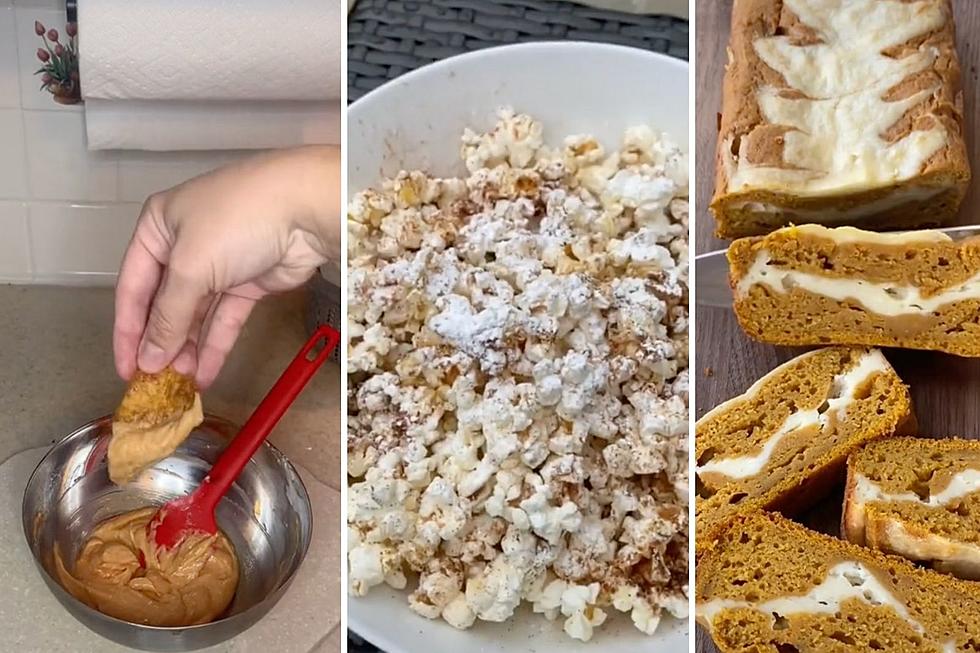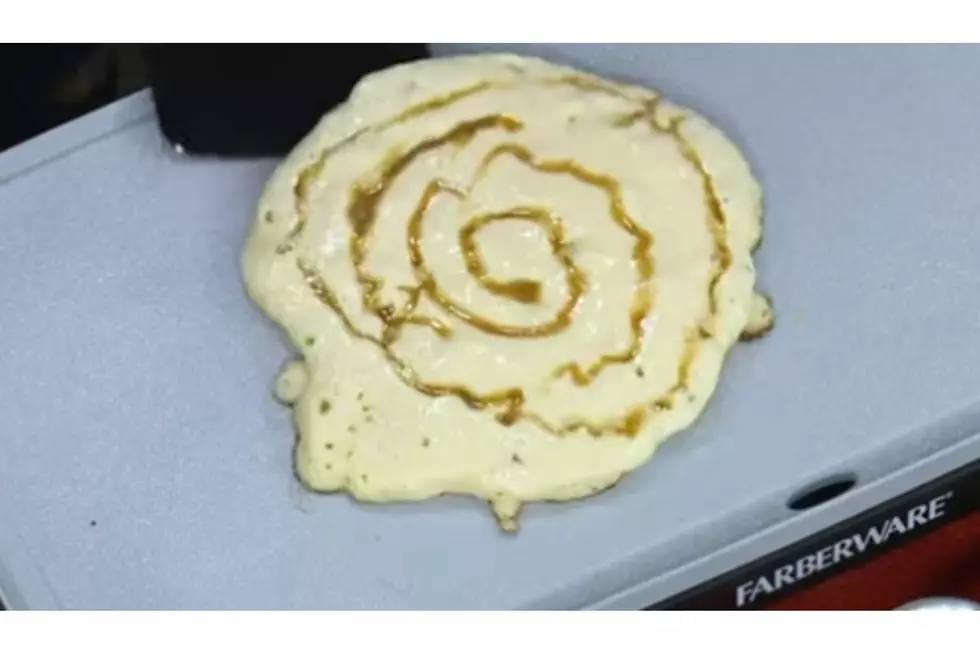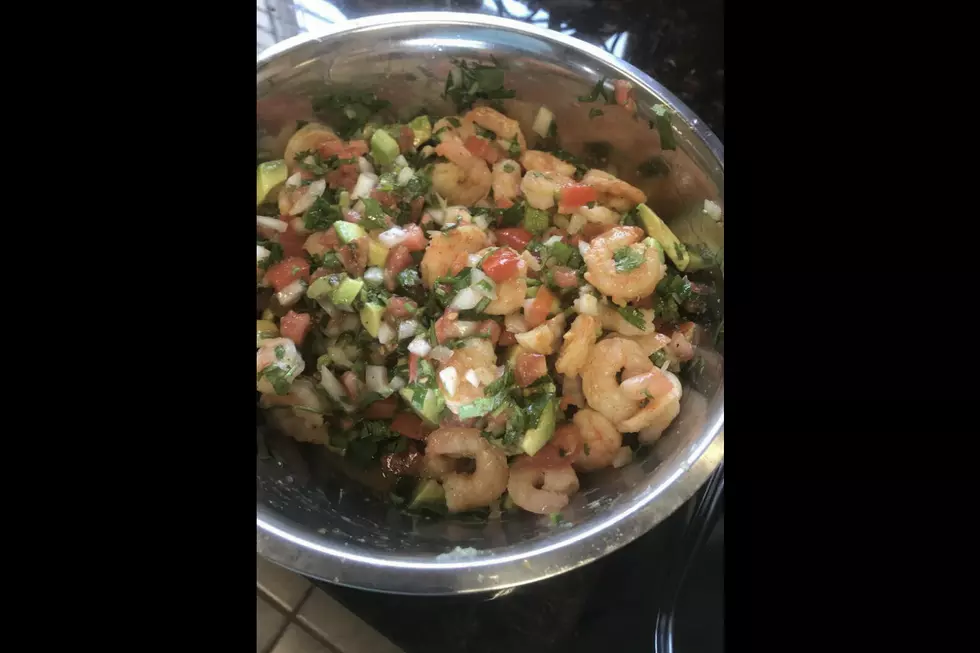
When To Use Your Oven’s Convection Setting This Thanksgiving
One of the things I was most looking forward to after my remodel, was getting my fancy new oven. I love it. One of the selling points was that it has two ovens, one of which, offers a convection setting. The idea of this flexibility is appealing, but I confess, I've never fully understood what makes it different or the best times to use it. Since we are now rolling into the months of copious amounts of holiday baking, I felt compelled to dig in and learn a bit more about it.
One of my favorite resources for just about anything is Consumer Reports. I appreciate their unbiased expertise all many of the products and appliances we use on a daily basis. One of CR's test engineers, Tara Casaregola, shares her insight on the subject. In the tests she has run, she's found that although sometimes the convection setting can be helpful, it can be a bit hit-or-miss.
Manufacturers often claim that "the convection setting can heat and brown food more evenly, and can reduce the overall cooking time." It supposed to work because while the your food bakes or roasts, "one or more fans inside the oven cavity circulate hot air." Casaregola recommends reading your model's owner's manual to get clarification. (If you still have it, that is. If not, thanks to the internet, you can often find it online.)
Another website I enjoy for all things related to cooking is thekitchn.com. If you're wondering why on earth you should even bother worrying about or using the convection setting on your oven, here are a few reasons they give:
- It cooks faster: Because hot air is blowing directly onto food instead of just surrounding it, food cooks about 25 percent faster in a convection oven.
- It cooks more evenly: Regular ovens can have hot spots, depending on where the heating element is, but the fan in a convection oven will circulate the air to help even out the temperature variances.
- It’s better at browning: Air in a regular oven can become a bit humid, as moisture can’t escape. Convection creates a dry atmosphere that caramelizes the sugars faster when roasting, so foods like meats and vegetables get browner, but the interiors stay moist.
- It saves energy: Because food cooks faster in a convection oven, and generally at a lower temperature, it’s a bit more energy efficient than a regular oven.
What about specific types of cooking methods and/or foods that may be optimized using the convection setting?
- Any time you’re roasting: Foods that are roasted, like meats and vegetables, really benefit from convection cooking. They cook faster, more evenly, and the drier environment yields crispy skin and caramelizes exteriors much better.
- When baking pies and pastries: Convection heat melts fat and creates steam faster, which helps create more lift in pie doughs and pastries like croissants.
- When making lots of cookies: Convection allows you to bake more than one tray of cookies at a time evenly without the need to rotate them partway through baking.
- Any time you’re making something that’s cooked with a cover: If you’re covering up the food with a lid, like a braise, or covering a casserole dish with foil, moisture loss is not an issue, so you might as well cook on convection since it’ll cook faster.
- When you’re toasting or dehydrating: When you toast or dehydrate food, the goal is to remove moisture as quickly as possible, so convection is more efficient than regular.
More From K945, The Hit Music Channel









